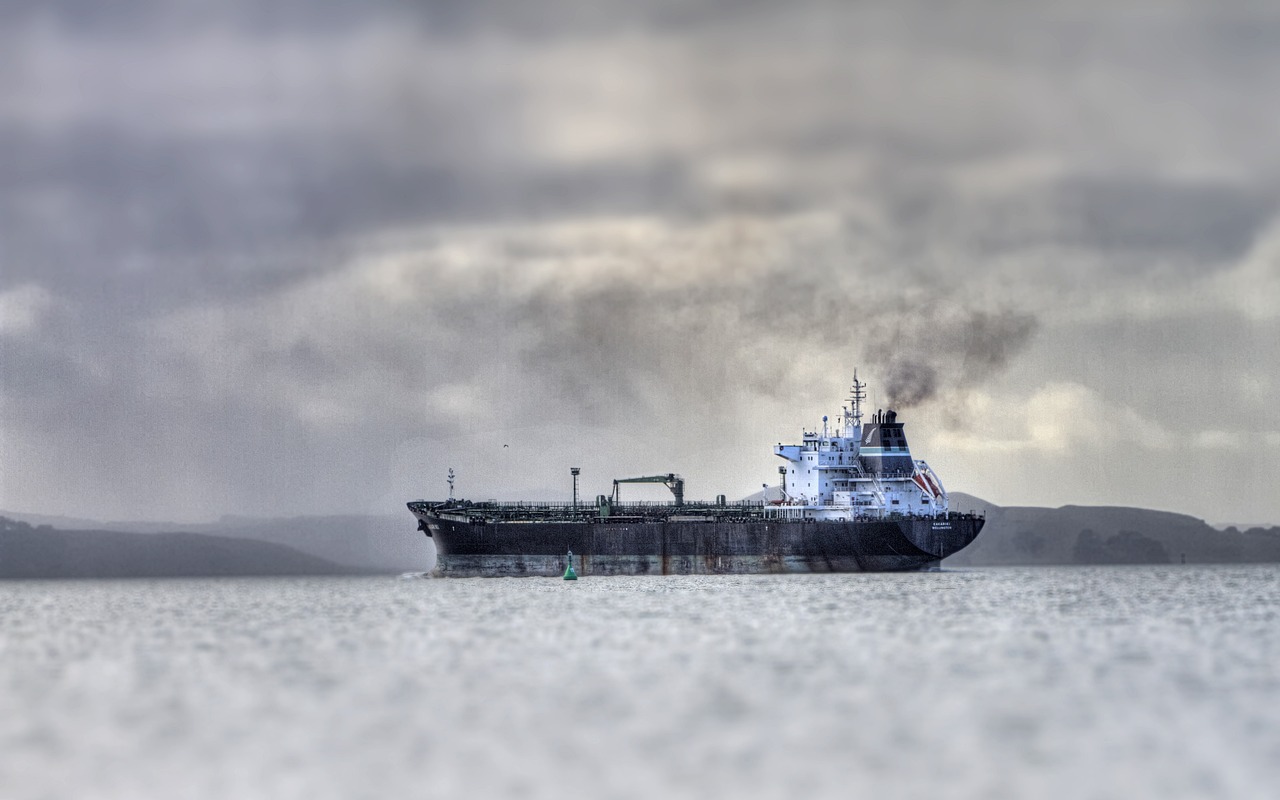UN Trade and Development (UNCTAD) has presented an analysis of how the evolution of global maritime trade has shifted from a focus on raw materials to an increasing emphasis on dry cargo, with developing countries playing a larger role in the sector.
According to UNCTAD, historically, developing countries served mainly as loading hubs – major exporters of raw materials but marginal importers of manufactured goods. But this has evolved since the 1970s, driven by structural changes such as the oil crises, trade liberalization, increased private sector participation in port operations, the rise of container shipping and reforms to liner shipping alliances.
The shift accelerated in the early 2000s as developing countries increased trade among themselves– including in raw materials, oil and manufactured goods.Their share of global maritime freight rose from 38% in 2000 to 54% in 2023. The surge was led by Asia, with China driving much of the growth.
However, the share of least developed countries — mostly in Africa — and small island developing states remains small due to their small economies, limited infrastructure and weak integration into global value chains.
Until the early 2000s, seaborne trade was dominated by liquid bulk, mainly oil.But with the rise of containerization and expansion of global value chains, it shifted toward dry cargo– including coal, iron ore, grain and manufactured goods.
Crude oil’s share fell from 29% in 2000 to 18% in 2023, while dry bulk commodities saw their share rise from 27% to 36%.
The shift also reflects China’s rise as both a global manufacturing hub and major importer of dry bulk commodities.
Although maritime trade volumes have grown steadily,the data reveals periods of major disruption, including the 2008–2009 financial crisis and the COVID-19 pandemic.
More recently,the war in Ukraine, tensions in the Red Seaand a drought in the Panama Canal have further exposed vulnerabilitiesin key maritime corridors and checkpoints.






